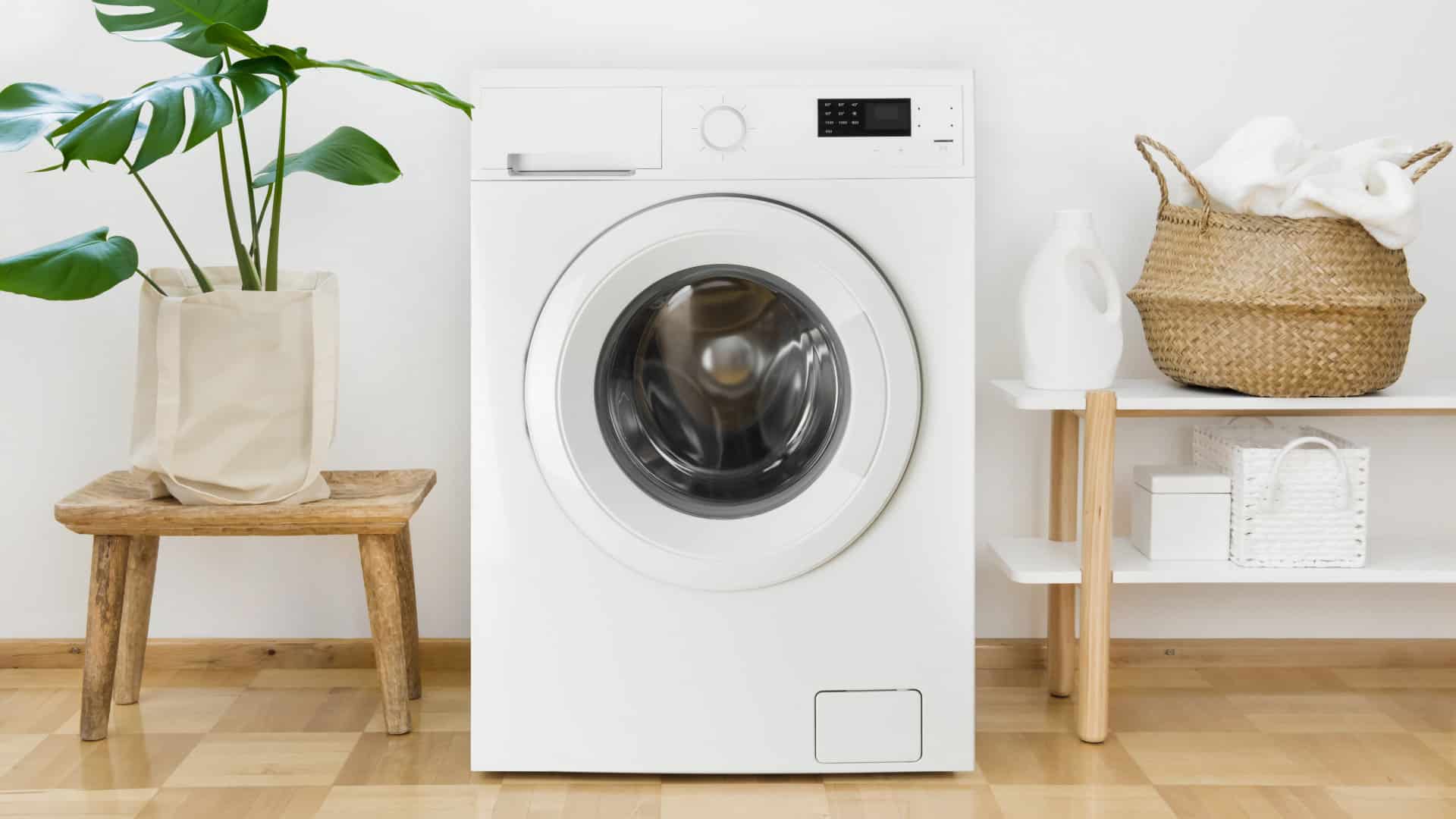
Washing machines push a great deal of water through the appliance every time a load of laundry is done. It fills and mixes with detergent, then spins it around as the clothes are washed. The soapy water is then drained and another basket load of rinse water is filled. This is then spun around until the clothes are soap-free. Then all that rinse water is drained, and the clothes are spun again to wring out the last of the water. There’s no surprise that washers spring a leak every now and then. The trick is finding that leak and fixing the problem before serious water damage is done.
1 Loose Water Lines
The first place to check is the water lines. This is the connection between the water valves in the wall and the back of the washing machine. This is the most likely point of failure because these valves are hand-tightened and the most likely to be disturbed by regular or irregular use of the machine. So check your water lines. Start at the wall and make sure the connections are leak-free. Check the lines to see if they are wet to the touch.If there are no leaks here, you may need to check deeper into the appliance.
2 Loose Intake Valve
Now check the intake valve. This is where the water lines connect to the washer itself. There will be a hot and cold connection that you can check for tightness and leaking. Test each intake valve and tighten with a wrench to ensure they are as tight as they can be. Again, test with your hand for wetness, as this can be an early indication that you are near the leak.
3 Cracked Water Line or Hose
Now take a closer look at the water lines themselves, and any hoses associated with the washer. While these lines are designed to last for several years, they can sometimes crack in the face of pressure, extreme temperature, or impacts. If the washer is pushed too far back, it might crush its own water lines, or the water lines might form a kink in the hose that bursts. Look for signs of a burst hose – like cracks along the length of the line.
4 Decayed Rubber Gaskets
Often, leaks happen because a gasket gets old. The rubber ring that kept water from leaking from one metal or plastic component to another can become hard, calcified, and even shrink over time. Your rubber gaskets are an essential part of every connection in the washing machine. Any place a gasket exists, it needs to be cleaned, moisturized, and eventually replaced with a newer gasket.
5 Damaged Washer Basket
Next, take a look at your washer basket. The washer basket and drum combination hold the water while it washes your clothing. If the basket is damaged, then there’s a chance that it is leaking into the inside of your washer, which is then leaking out the bottom of the washing machine cabinet.
6 Broken Drain Pump
Your washing machine gets rid of water via the drain hose and the drain pump. If the drain pump malfunctions, water will not get siphoned and directed out the drain correctly. This can relate directly to the leak symptoms you’ve witnessed.
7 Clogged Drain Line
Likewise, if water cannot escape through the drain line because it’s clogged, backed up drained water can result in a leak all over your laundry room floor.
8 Clogged Laundry Room Drain
Finally, the drain connected to your laundry room can become clogged nearby or further down the line. In some cases, the clog may even relate to other clogs with home drains and local sewer lines.
—If your washing machine is leaving puddles on the floor, the causes are numerous but also easy to track. Simply follow the water and find where the leak originates. If you’re not sure, replace each piece and gasket along the way and secure new pieces tightly.

Why Is My Microwave Sparking?
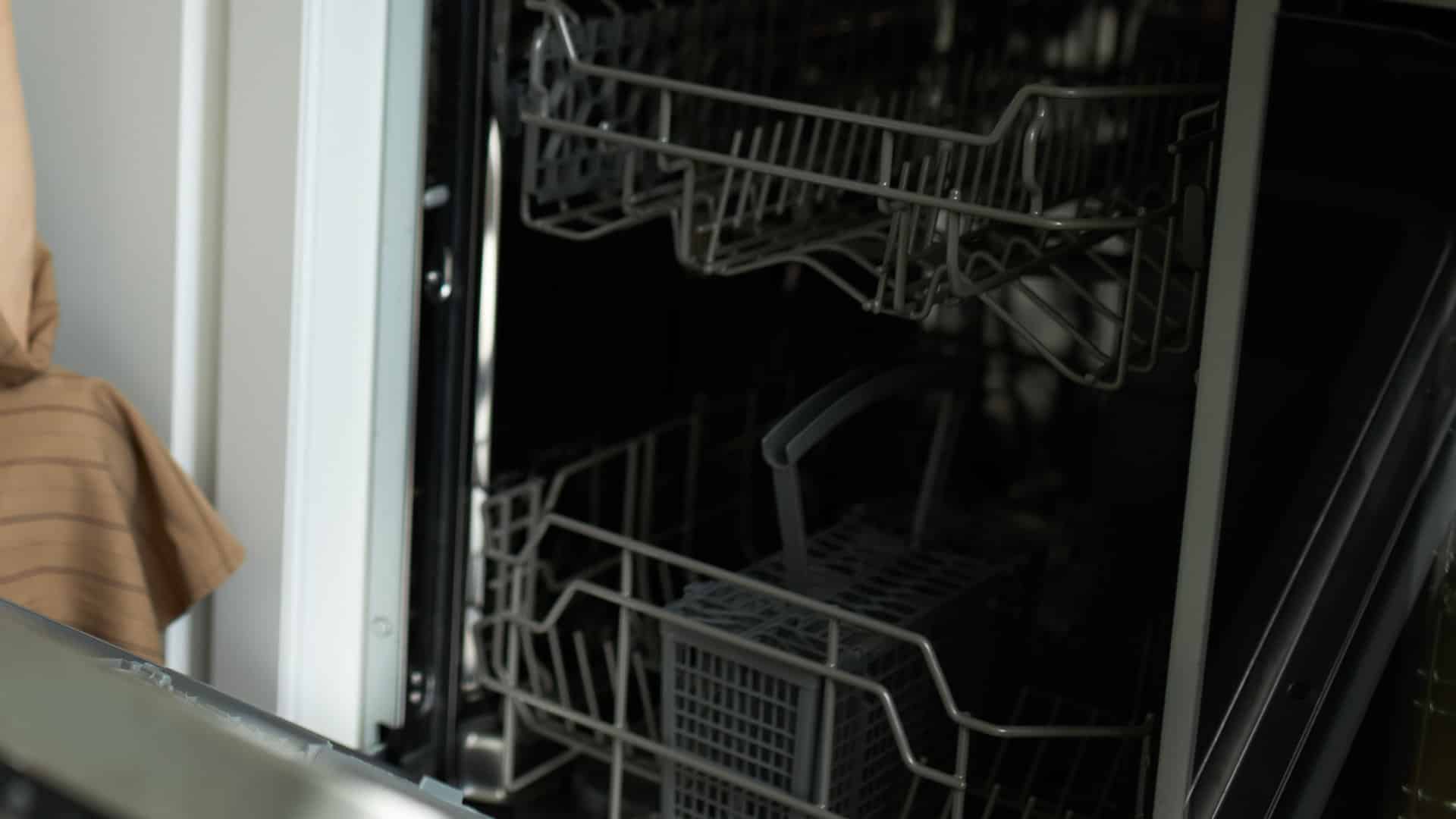
Understanding Frigidaire Dishwasher Error Codes
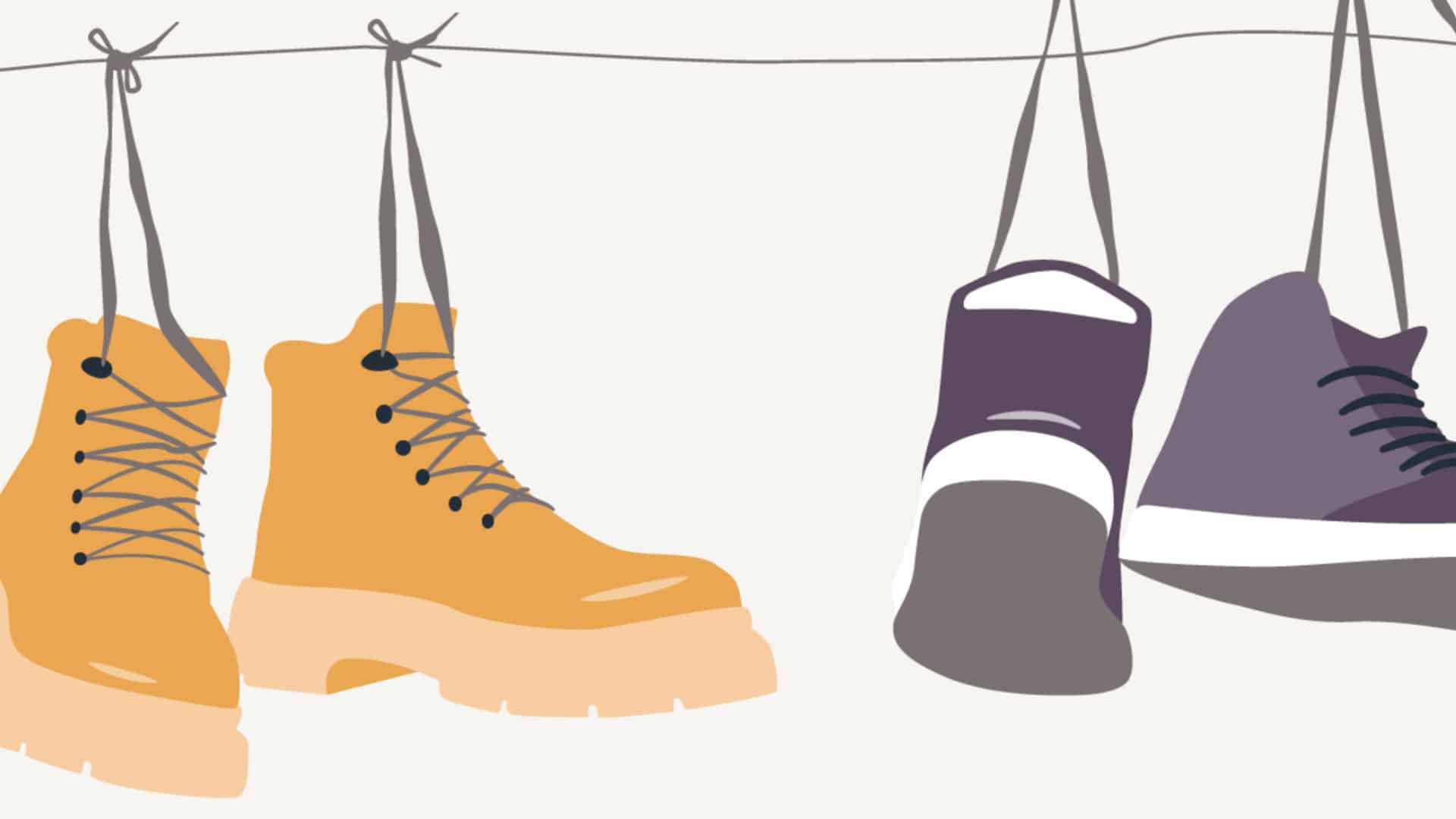
How to Dry Shoes in Dryer Without Damaging Them
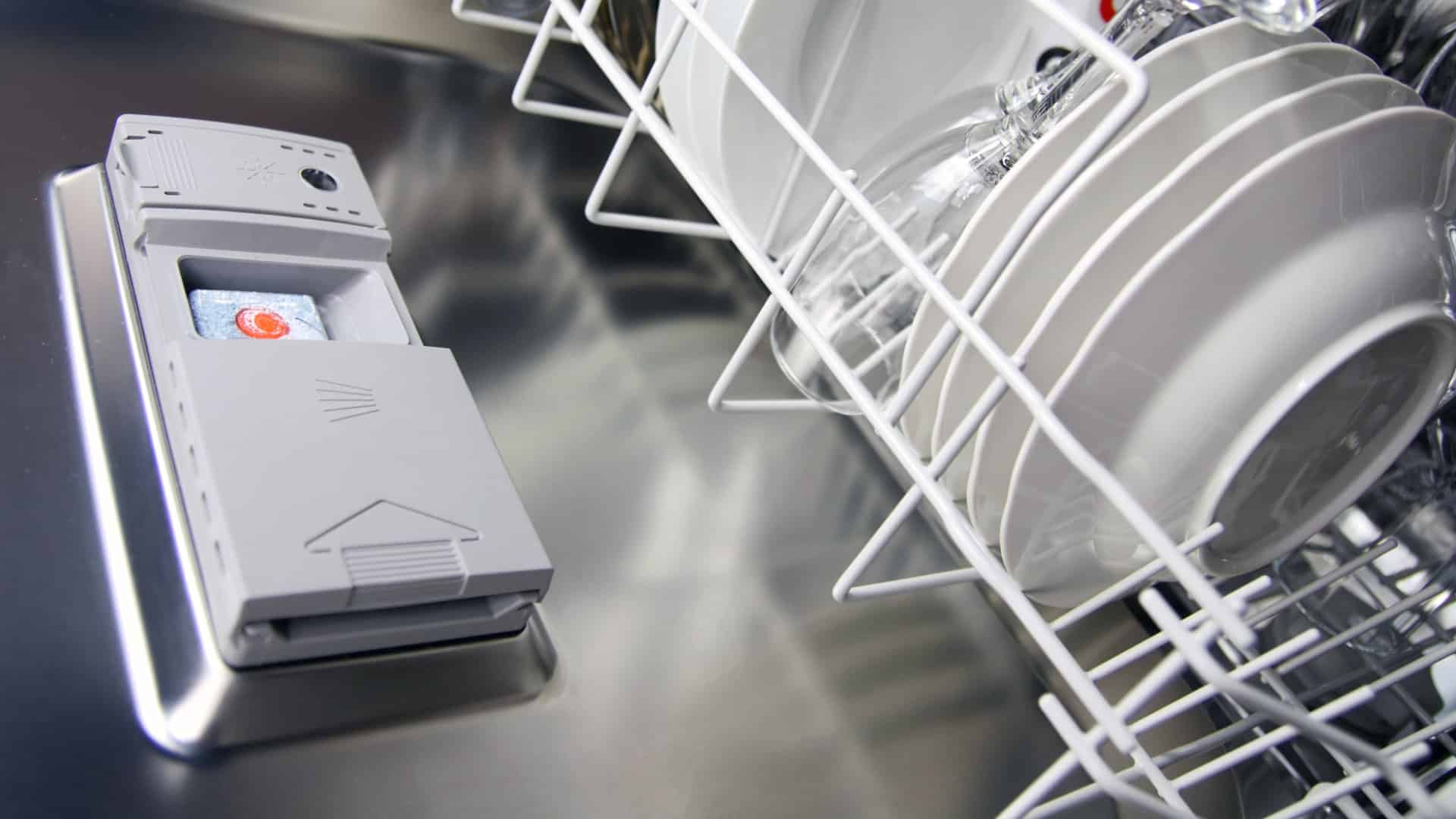
Why Is My Dishwasher Leaking?

How to Solve Electrolux Dryer Error Code E64
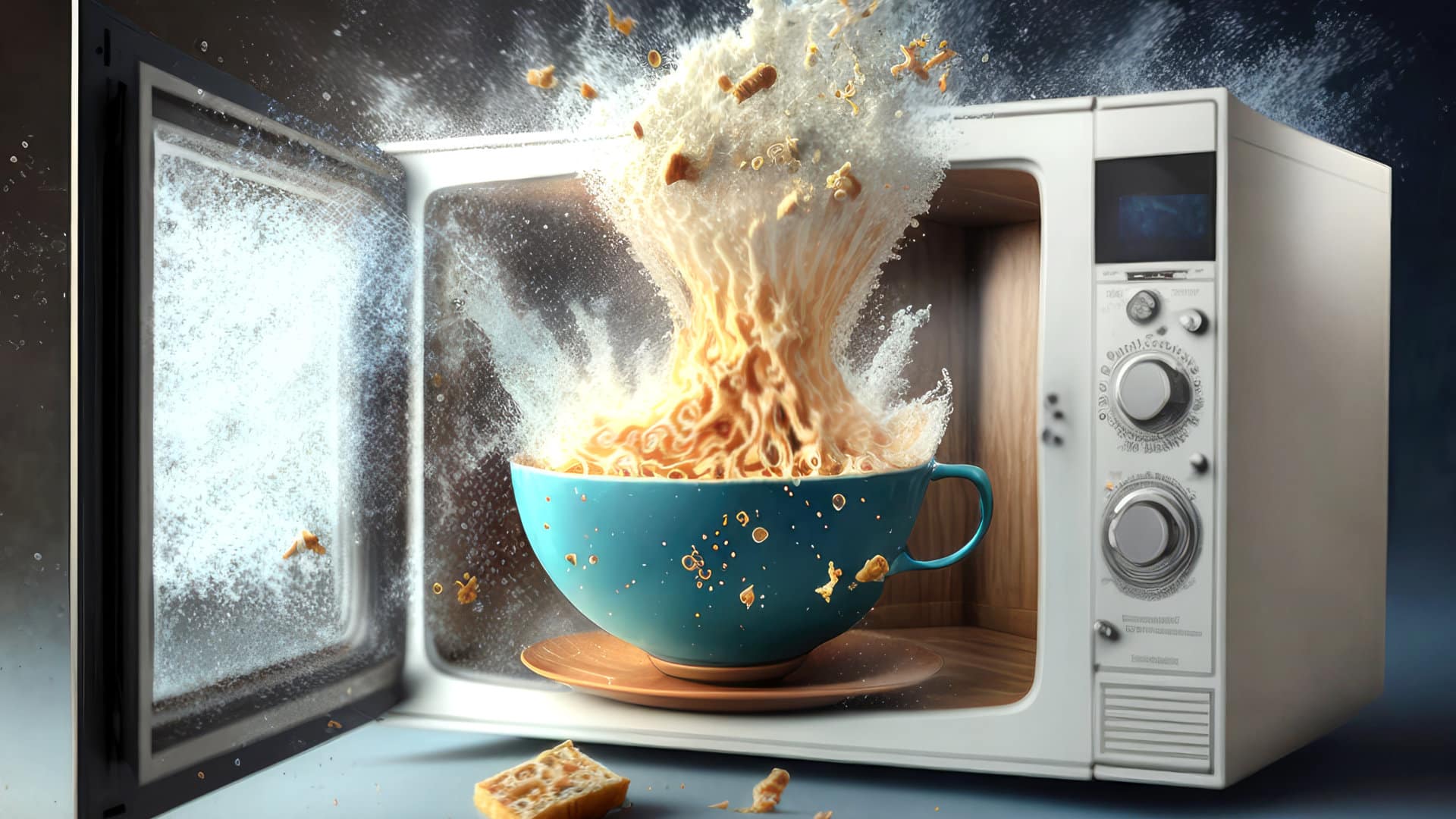
Microwave Light Won’t Turn Off? Here’s Why
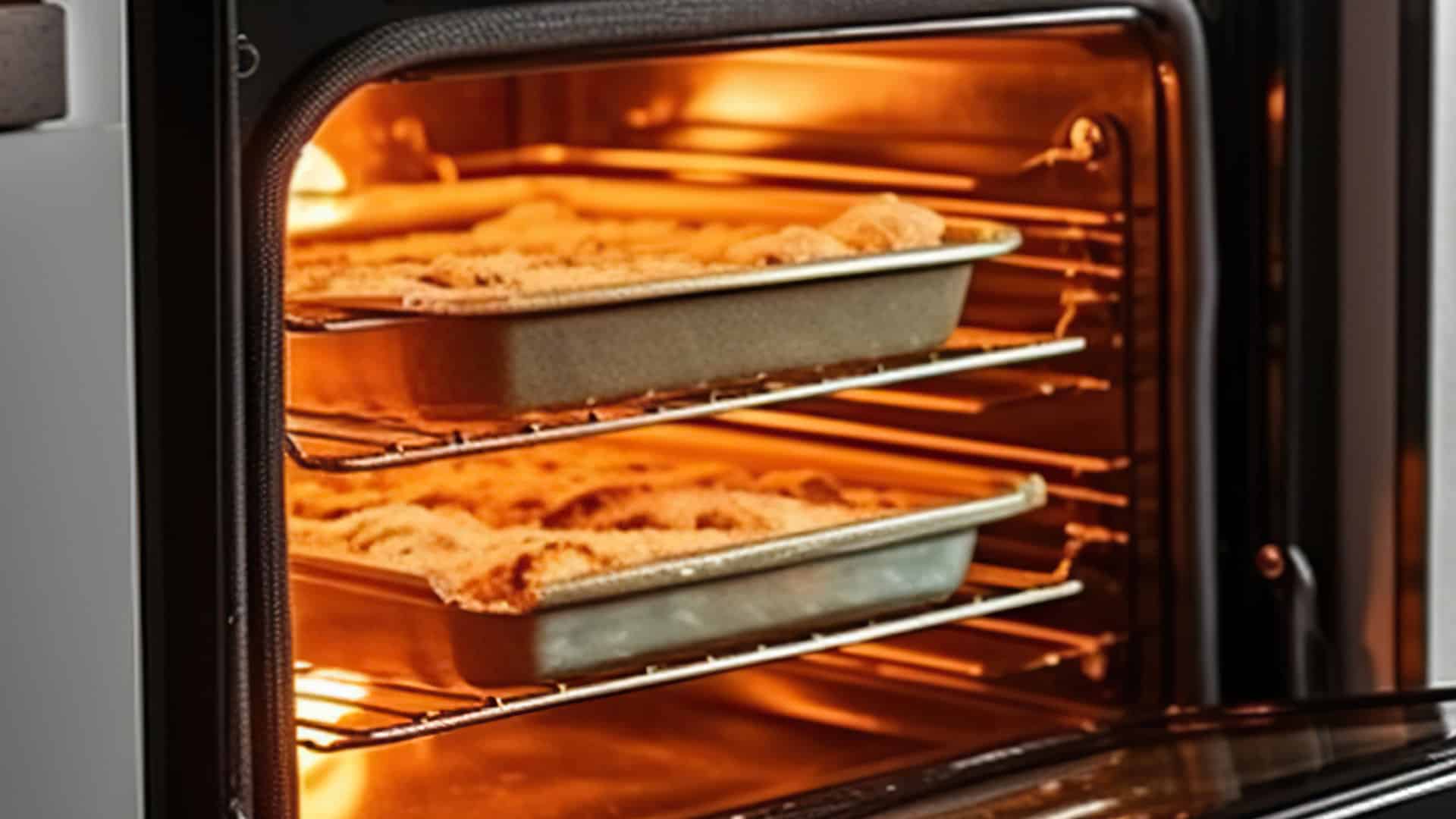
GE Oven F9 Error Code: How to Fix It

How to Use a Self-Cleaning Oven (In 4 Steps)

How To Use a Maytag Top-Load Washing Machine
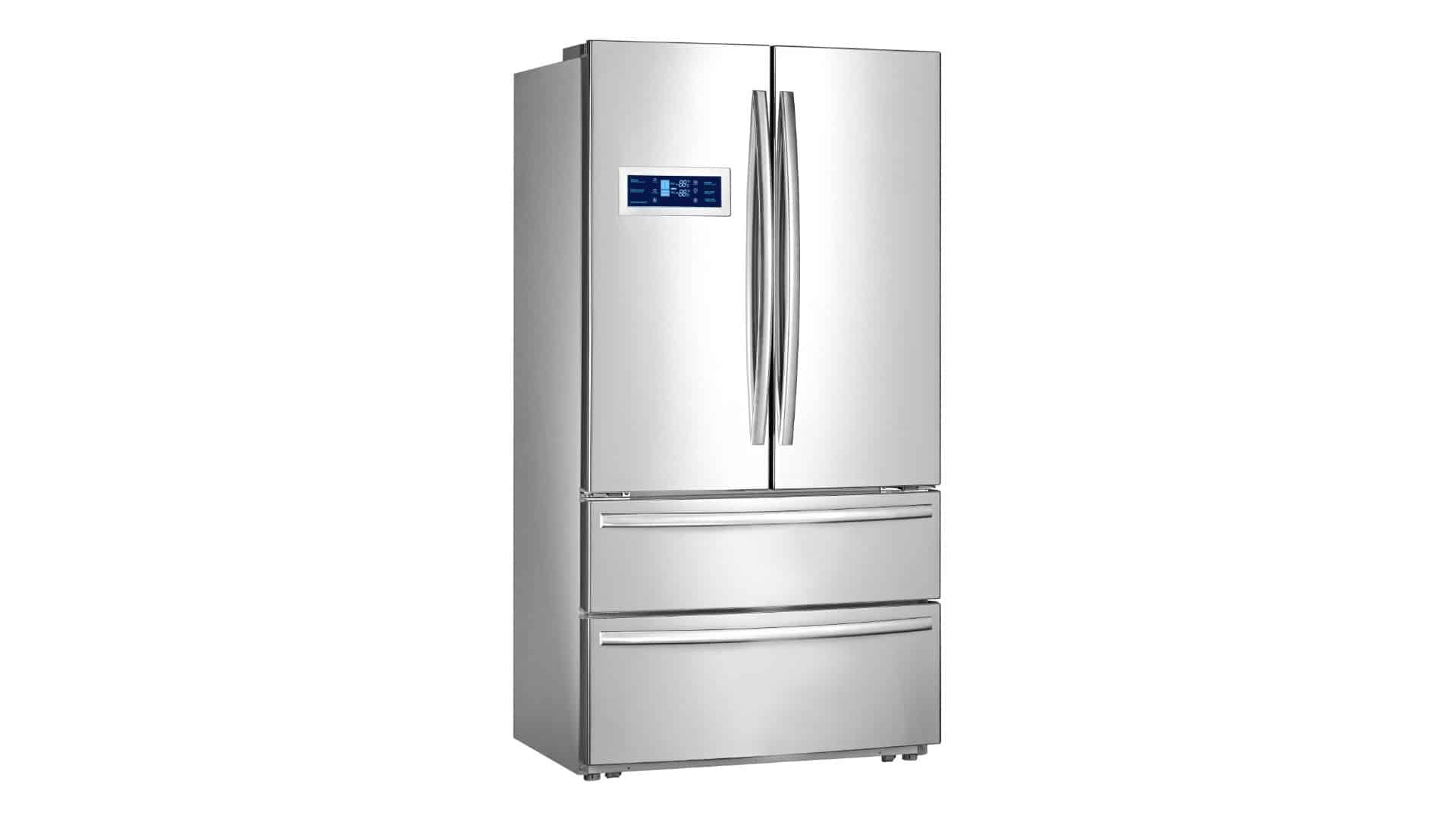
What to Do If Your Samsung Ice Maker Is Not Making Ice

How to Fix a Microwave Turntable That’s Not Turning

How to Wash Pillows in a Washing Machine

How to Fix an Ice Maker That Isn’t Working
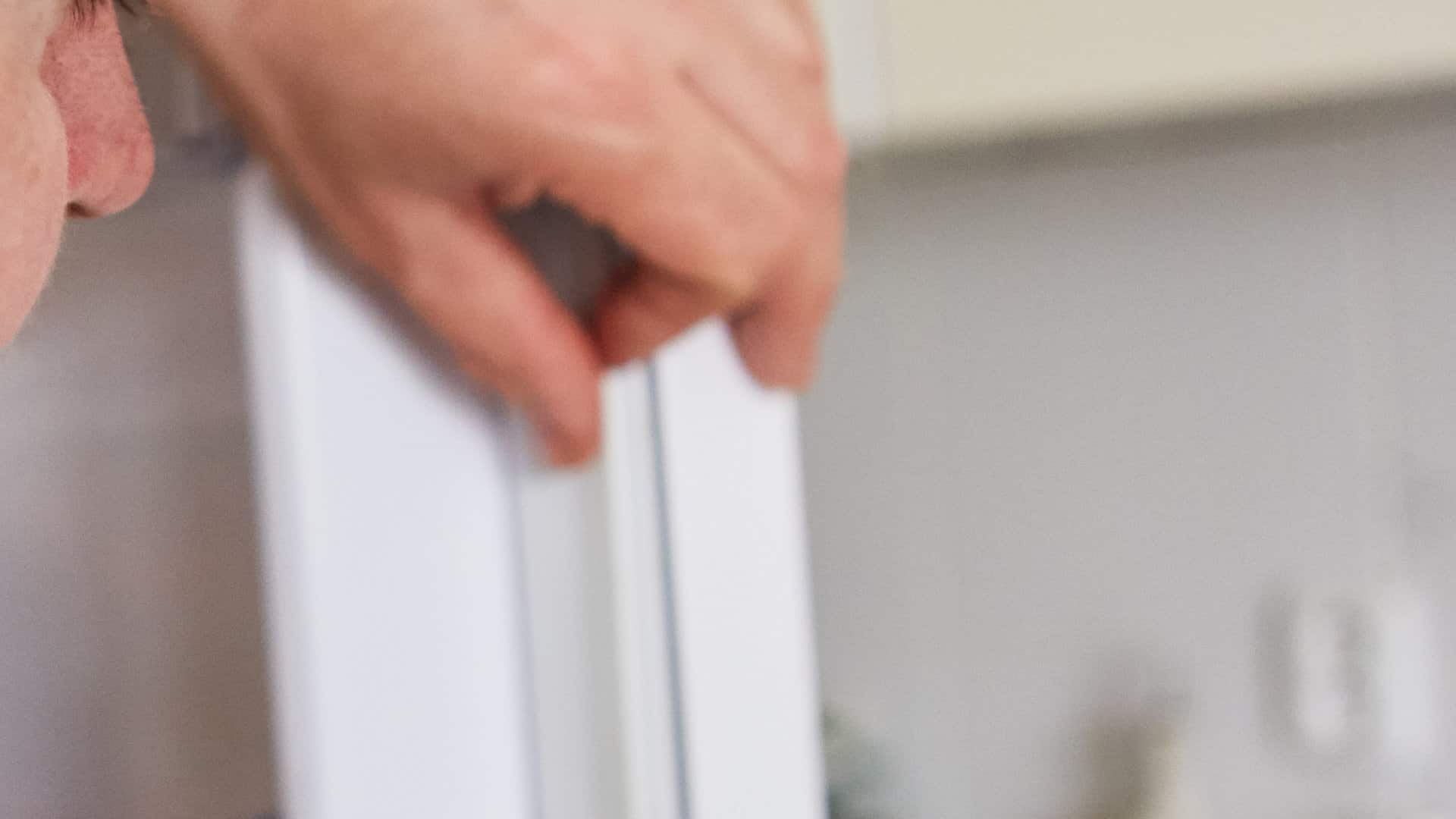
Broken Refrigerator Door Seal? How To Fix It


